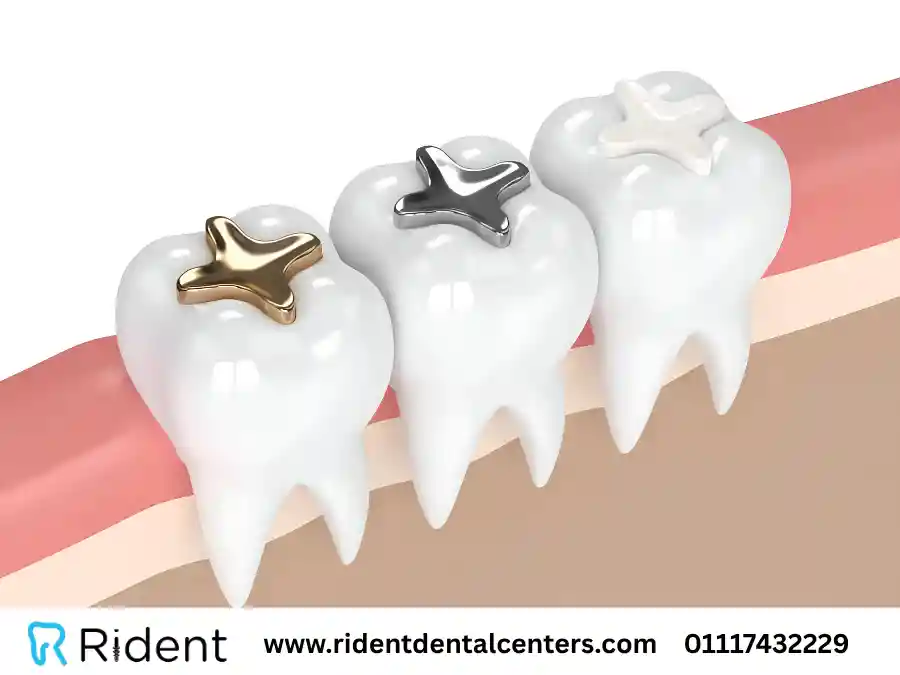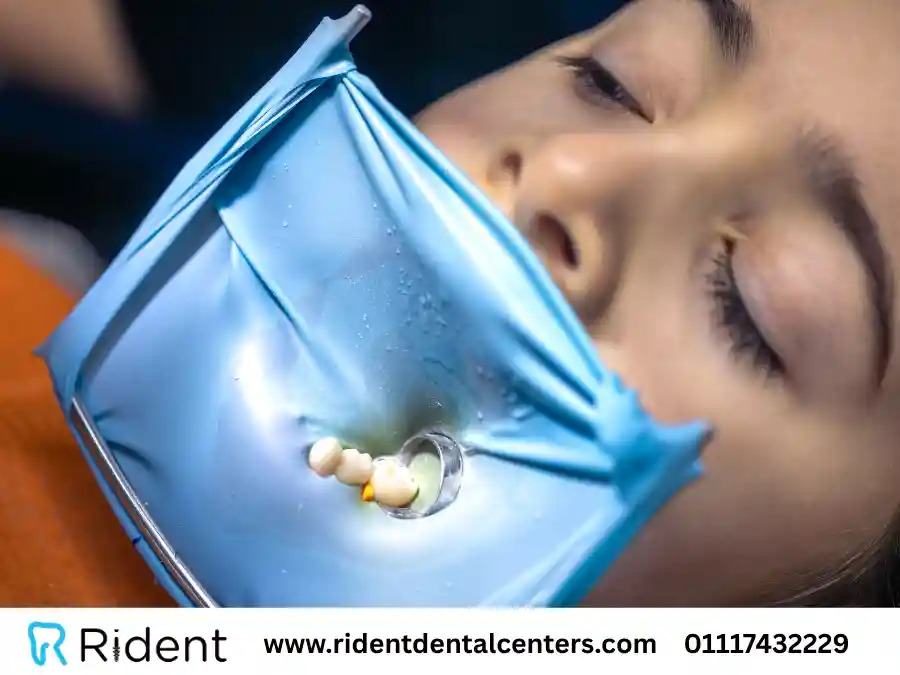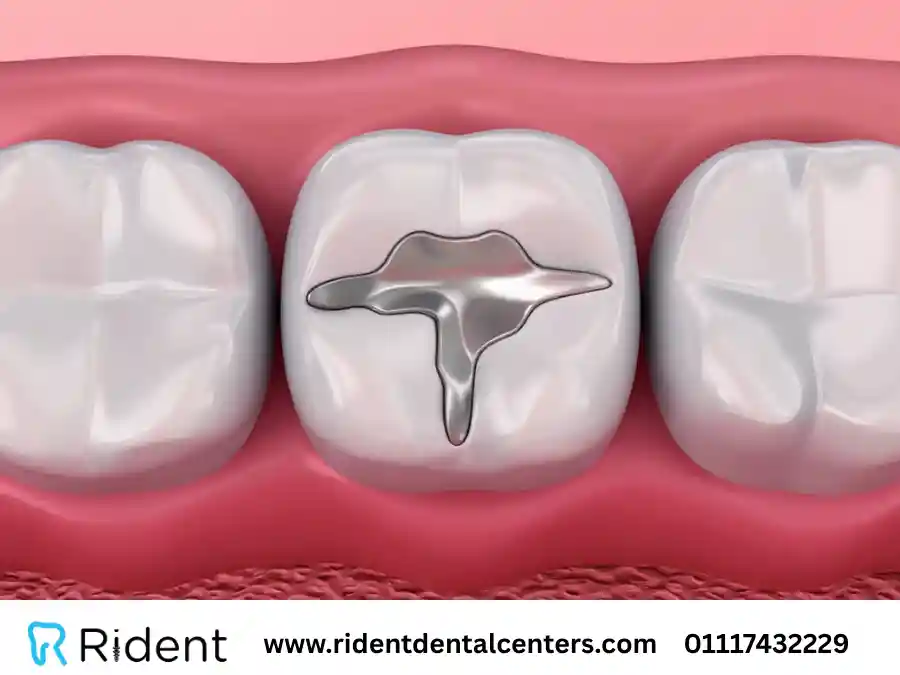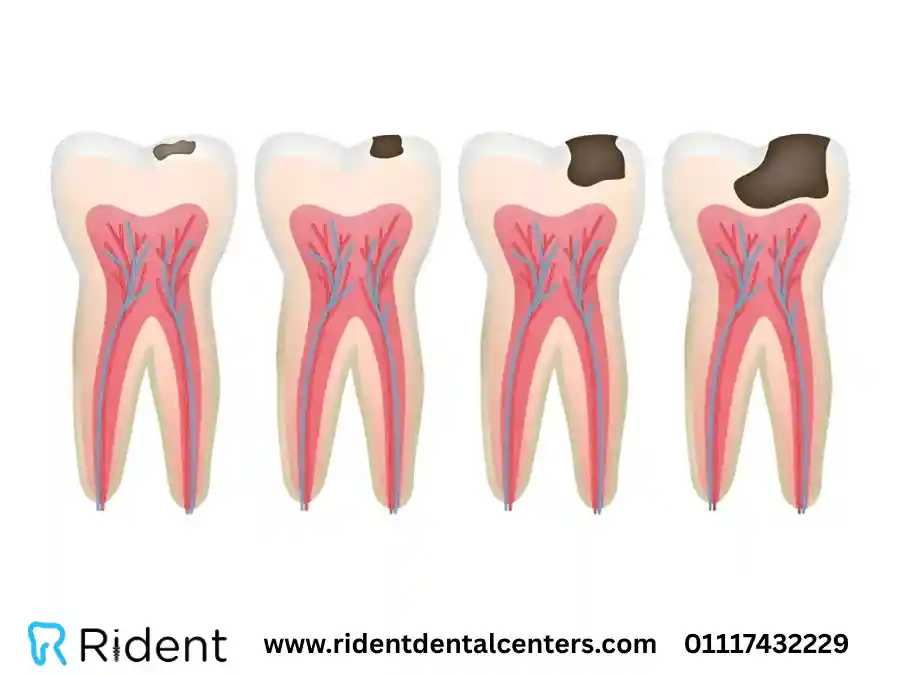Cosmetic Fillings
Cosmetic fillings represent a modern advancement in dental restorative treatments. They offer a more aesthetically pleasing alternative to traditional metal fillings. Made from composite resin or porcelain, these fillings are designed to match teeth' natural color and texture, making them virtually invisible and enhancing the overall appearance of a person's smile.
The primary function of cosmetic fillings is to restore the structure and function of teeth compromised by decay. The process begins with the removal of decayed or damaged tooth material. The area is then cleaned and prepared for the filling. Composite resin, the most common material for cosmetic fillings, is applied in layers. Each layer is hardened under a special light before the next layer is added, ensuring a firm bond and a durable restoration. Once the filling is in place, it is shaped and polished to match the contours of the tooth, resulting in a seamless integration that can be difficult to distinguish from natural tooth enamel.
Cosmetic fillings are not only chosen for their aesthetic qualities but also for their functional benefits. Composite resin bonds directly to the tooth structure, which helps to support the remaining tooth material, reducing the risk of breakage and insulating the tooth from excessive temperature changes. This direct bonding also minimizes the need for extensive tooth preparation, preserving a more natural tooth structure.
In addition to treating cavities, cosmetic fillings can improve the appearance of discolored or poorly shaped teeth. They are sometimes applied as a cosmetic solution to cover stains, close small gaps, or correct minor misalignments where orthodontics are unnecessary.
Patients opting for cosmetic fillings appreciate the health benefits and the boost in confidence from a more natural-looking smile.
Information about Cosmetic Fillings

Treating Front Tooth Decay with Fillings and Veneers in 4 Steps
Are you suffering from front tooth decay? Looking for a way to treat front teeth cavities from the roots? Without a doubt, the teeth are the mirror of the entire face, and the smile is the first thing people notice at a glance. However, front tooth decay can cause several annoying problems. Today, we’ll discuss the causes, symptoms, treatment, and prevention of front tooth decay. Let’s dive in.
Read More...
Get Rid of Tooth Decay in One Day – Permanently in 3 Steps
In a world constantly seeking instant and quick solutions, it's no surprise that headlines like “Get rid of tooth decay in just one day” top search results and dominate social media feeds. Whether these claims appear in short videos with simplified tips or promotional posts for dental clinics, one question remains: Can tooth decay be eliminated this quickly? And who can confidently make such a promise?
Read More...
Front Tooth Fillings
Have you ever considered a solution for tooth decay that ruins your smile by leaving gaps and rough edges in your teeth? The answer could be front tooth fillings. Dental fillings are among the most commonly used procedures in dentistry for both treatment and cosmetic enhancement.
Read More...
Types of Dental Fillings
Dental fillings are an effective and essential solution for treating a variety of dental issues, whether caused by advanced tooth decay, fractures from accidents, or weakened tooth structure. Fillings help keep teeth healthy and protected, prevent pain, and improve the patient's quality of life and ability to function comfortably and confidently in daily activities.
Read More...
6 Advantages of Laser Dental Fillings – And What Are the Disadvantages?
Dental technology continues to advance steadily toward innovation and continuous improvement. Among these developments, laser dental fillings have recently gained attention and raised many questions. The use of laser technology in dental treatments represents a significant breakthrough, opening new horizons in the field of dentistry. In this article, we’ll highlight the technique of laser dental filling and explore its advantages and disadvantages. Stay with us to learn more about this important and intriguing topic.
Read More...
A Complete Guide to Dental Fillings and Their Costs in 2025
Dental fillings are one of the most popular treatments for tooth decay. The cost of dental fillings is a key consideration when deciding on treatment, especially since tooth decay affects both children and adults. It occurs when bacteria inside the teeth cause parts of the tooth to erode, and if left untreated, it can lead to serious complications.
Read More...
Cavity Treatment Now Finally with the Latest Techniques & 6 Symptoms to Watch Out For
Tooth decay is one of the most common dental problems, and it is considered the number one concern when it comes to oral health. In this article, we will provide as much information as possible about cavity treatment, including the different available treatment types and the modern techniques used to treat it permanently. We will also highlight the symptoms that may indicate the presence of cavities, the causes of tooth decay, and offer many other useful insights.
Read More...
Laser Dental Fillings
In the field of dentistry, dental fillings are among the most common treatments used to treat cavities and repair damaged teeth. While traditional fillings come in various materials such as silver, copper, and ceramic, laser dental fillings are considered one of the most advanced and aesthetically pleasing options available today.
Read More...
Dental Fillings for Treating Cavities and Erosion in 7 Steps
One of the most common phrases we hear when visiting the dentist is that the case needs a filling. Dental fillings are among the most widely used procedures in dentistry. But when do you need a filling? How is it done? What are its benefits and drawbacks? What are its types and costs? In this article, we’ll explore all the answers. Let’s dive in.
Read More...
How to Remove Tooth Decay in 3 Ways?
Tooth decay is the most common issue related to oral and dental health, affecting both adults and children alike. Many people wonder: How can tooth decay be removed? Are there ways to prevent it? Can cavities be treated without visiting the dentist?
Read More...
Decayed Molar | Causes, Symptoms, and Treatment
Tooth pain can significantly impact our lives, especially since such pain tends to be intense and extremely uncomfortable. Tooth decay is one of the most common dental problems affecting many people, and neglecting its treatment may lead to serious complications that can ultimately result in complete tooth loss. In this article, we’ll delve deeper into the issue of a decayed molar, including its causes, appearance, and treatment options. We’ll also recommend the best dental centers to help eliminate this problem and maintain your oral health. Read on to the end for full details.
Read More...
The 5 Stages of Tooth Decay and How to Treat Them
Some people may think that tooth decay happens overnight, but in fact, the stages of tooth decay occur gradually over a relatively long period. So, what are the stages of tooth decay? What happens at each stage? And how can they be treated? Read on for the answers.
Read More...
Tooth Sensitivity After Filling | Causes and How to Manage It!
Have you ever experienced a sharp twinge or pain in your teeth after getting a dental filling? If yes, you may be suffering from tooth sensitivity after a filling, a common issue that affects many people and can significantly disrupt daily routines.
Read More...
Cost of Front Tooth Filling in Saudi Arabia
If you're suffering from damage or decay in your front teeth, getting a high-quality aesthetic filling is an essential step to maintain both the health and appearance of your smile. The cost of front tooth fillings varies based on several factors such as the type of filling and the condition of the tooth. Therefore, it's crucial to understand your available options and their aesthetic and functional significance. In this article, we’ll explore in detail the cost of front tooth fillings, types of available materials, factors affecting pricing, and the importance of choosing trusted dental centers like Rident for this kind of treatment.
Read More...
Cosmetic Dentistry with 11 Different Methods – A Complete Guide
Cosmetic dentistry includes 11 diverse techniques to enhance the appearance and health of teeth, including braces, whitening, implants, and veneers. Other techniques, such as crowns and tooth contouring, also play a role. The aim is to boost aesthetics and self-confidence through a brighter, more harmonious smile, while also addressing the functional and health aspects of teeth.
Read More...
